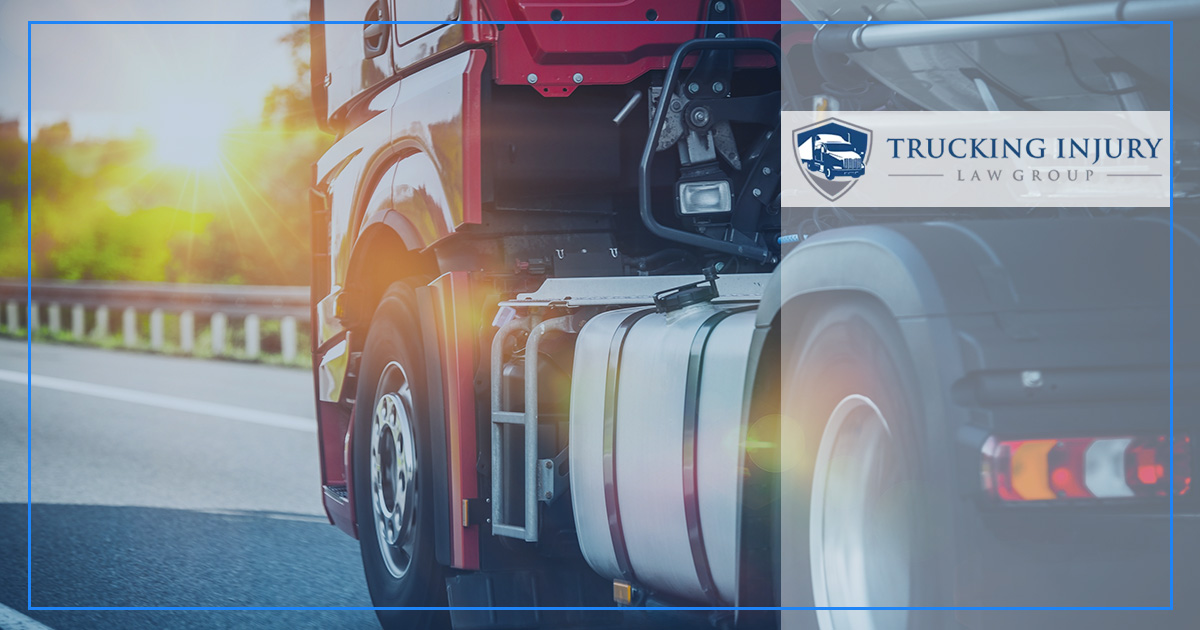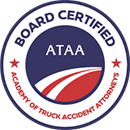What is the Purpose of Truck Weigh Stations?
T
According to the Department of Transportation (DOT), 608 weight stations are in operation across the country. The DOT is also creating a network of virtual weigh stations to expand inspection capabilities. A truck’s weight can be a contributing factor in an accident, so every driver needs to understand the purpose of a truck weigh station.
Required Stops
Do semi-trucks have to stop at every weigh station? Yes, commercial vehicles over 10,000 pounds must stop at any open weigh stations they encounter on their route. If a driver bypasses an open weigh station, they could be pulled over and fined. Truck drivers utilize various apps to keep them informed about the weigh stations on their route and if they’re open. There are also signs along the highway.
Drivers with good driving records can also obtain a pre-approved pass, which allows them to bypass the weigh station legally.
Weigh Station Procedures
A truck weigh station is typically staffed by a highway patrol officer or the state Department of Motor Vehicles (DMV) official. Weighing the truck is one of the common inspection tasks that happen at a truck weight station. A truck can be weighed by one of the following methods:
Weigh-in-motion (WIM) systems
With WIM, sensors can instantly calculate the truck’s weight while it’s in motion. Think of this as a kind of weight radar gun. If the truck is within the allowable weight limit, it will get a green light and be allowed to keep driving.
Portable Scales
If a weigh station official designates a truck for closer inspection, they will direct the vehicle to a portable scale to measure the axle weight.
The following are three potential weight violations:
- A gross weight of over 80,000 pounds.
- A single-axle weight of over 20,000 pounds.
- A tandem-axle weight of over 34,000 pounds.
Department of Transportation Inspections
A DOT official can require an inspection of the truck. This can be if the truck is in violation or on a random basis. There are eight levels of DOT inspection that can include a more thorough look at the truck beyond just the cargo weight. Here are the levels:
- Level I – North American Standard Inspection
- Level II – Walk-Around Driver/Vehicle Inspection
- Level III – Driver/Credential/Administrative Inspection
- Level IV – Special Inspections
- Level V – Vehicle-Only Inspection
- Level VI – North American Standard Inspection for Transuranic Waste and Highway Route Controlled Quantities (HRCQ) of Radioactive Material
- Level VII – Jurisdictional Mandated Commercial Vehicle Inspection
- Level VIII – North American Standard Electronic Inspection
If a vehicle isn’t violating any regulations, it will be allowed to proceed. If a vehicle is found overweight, the consequences include:
- Fines
- Potential impact on the driver’s Compliance, Safety, and Accountability score
- A delay of service
The delay of service can mean calling for a second truck to offload some of the cargo.
Potential Dangers of an Overloaded Truck
The maximum weight limit for commercial trucks is 80,000 pounds. A truck that is fully loaded and hits that number increases the risk of getting into a serious accident. One of the reasons is that a fully loaded truck needs more time and distance to come to a stop. If there is a sudden stop, that can be a problem that leads to a jackknife accident. In that type of accident, the trailer of the truck can swing in either direction on the highway.
Another potential danger with overloaded trucks is cargo spills. Those spills can come from the back of an open flat bed or a broken cargo door, and that debris can cause accidents for other cars.
The overwhelming amount of trucks reach their drop-off destination without incident. When there is an accident involving a cargo truck, it is important that you talk with the Trucking Injury Law Group to explore your options. We know all about trucks, their weigh station requirements, and how they can contribute to an accident.





